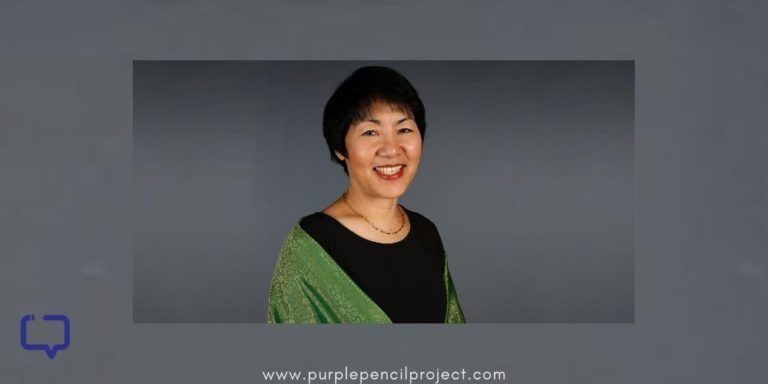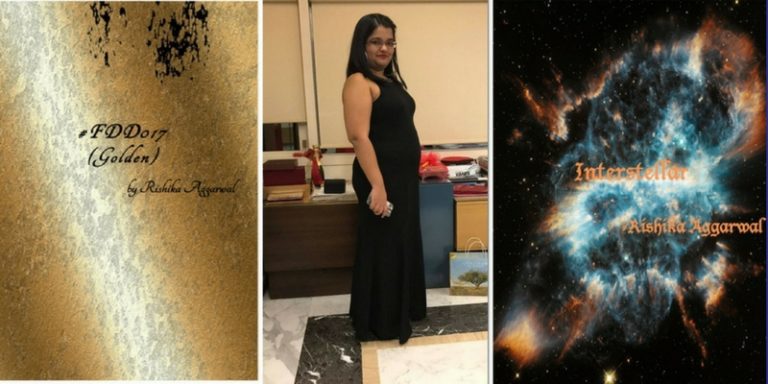Welcome to the surrealist’s paradise! Haruki Murakami’s The Strange Library is a quick read – clocking in at about 100 pages, half of which are artwork, even the slowest of readers shouldn’t take more than an hour to get through all of it. At the same time, however, the book is classically Murakami and a great introduction for readers who want to read more of his work.
We encourage you to buy books from a local bookstore. If that is not possible, please use the links on the page and support us. Thank you.
The plot of the book starts out simple – a young boy drops into his local library after school in order to research a question that pops into his mind (how taxes worked in the Ottoman Empire), and is directed to a room in the library’s basement. That’s when things start to get a bit out there.
In the library, the boy meets an old who imprisons him in a quest to eat his brains, has a sheep-man and a girl who speaks with her hands (this isn’t a euphemism for sign language, by the way) as his companions, and must figure out how to get home before his pet starling dies (he has no doubt his mother will forget to feed it).
The book is wonderfully odd and maddeningly opaque – if you like your stories with all their threads wrapped up and an ending that simultaneously answers and raises a variety of questions. There are threads that I wish Murakami had spent some more time developing – even given the opaqueness of the book, some stand out too sharply to ignore, such as the librarian who only appears in the first couple of pages.
At its heart, the book is a children’s book – with slight edits to make the language more accessible to younger children, it would make for a wonderful (and scary!) bedtime story if there’s anyone out there looking for one to read. It also works very well at introducing younger readers (mid to late teens is what I’m thinking here) to Murakami before throwing them in the deep with one of his long and infinitely more surreal books.
Favourite Quote: “Because brains packed with knowledge are yummy, that’s why. They’re nice and creamy. And sort of grainy at the same time.”
Recommended Age Group: It’s a good, scary read for kids (with some of the language simplified) and it will appeal to fans of Murakami. But strictly, this falls under 16. For older readers, it’s the art that really elevates it if you fit into this category – a wonderful illustrator in Chip Kidd means that the artwork that takes up much of the book (it’s about half the contents) is wonderfully eccentric and amusing while staying close to the surreal soul of the story, as well as the story that Murakami is trying to tell.
Final Verdict: Somewhere between making a purchase and going to a bookstore. It’s wonderful enough to move past 3 stars, but the child-like quality of the story can be a hindrance sometimes, and as mentioned, there are threads that even this surrealistic story would benefit from developing, so I cannot give it a full 4 stars, unfortunately.
Rishika Aggarwal is a 23-year-old perpetual student, writing poetry in between work and literary theory. You can find her reading, and arguing about books with Sakhi, or at rishwrites.tumblr.com and https://gumroad.com/rishwrites.






















